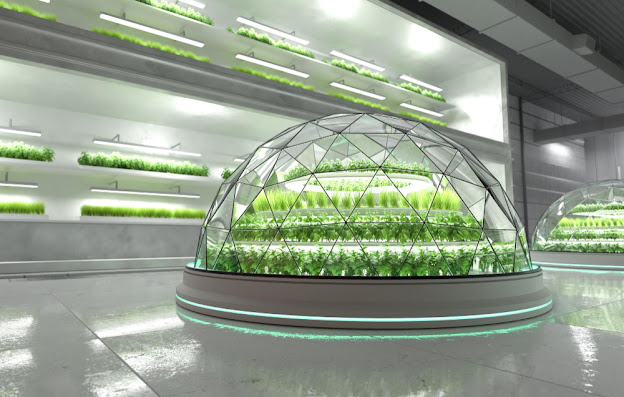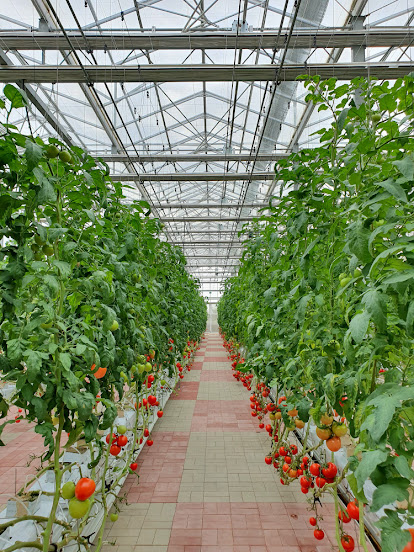Your Manual For Lighting Plans
LIGHT PLANS: PRINCIPLES Let's first talk about how light mapping software functions in order to understand light planning. Light spreads out and weakens as it moves away from its source. Light maps offer educated guesses about the amount of light that specific areas of a room receive. The amount of light that reaches a specific area in a room and the relative light intensity at a specific angle are all taken into account by the program. HOW COME LIGHT PLANS MATTER? The majority of LED light fixtures provide approximate PPFD measurements, however this doesn't tell you much on its own. Since most installations concentrate their LEDs, PAR measurements taken immediately under a fixture will naturally be higher than PAR readings taken for plants on the side of the room. As you can see, it is simple to inflate a fixture's value without a lighting plan. A light plan aids in providing buyers with a more detailed picture of how their lights will function across...


Comments
Post a Comment